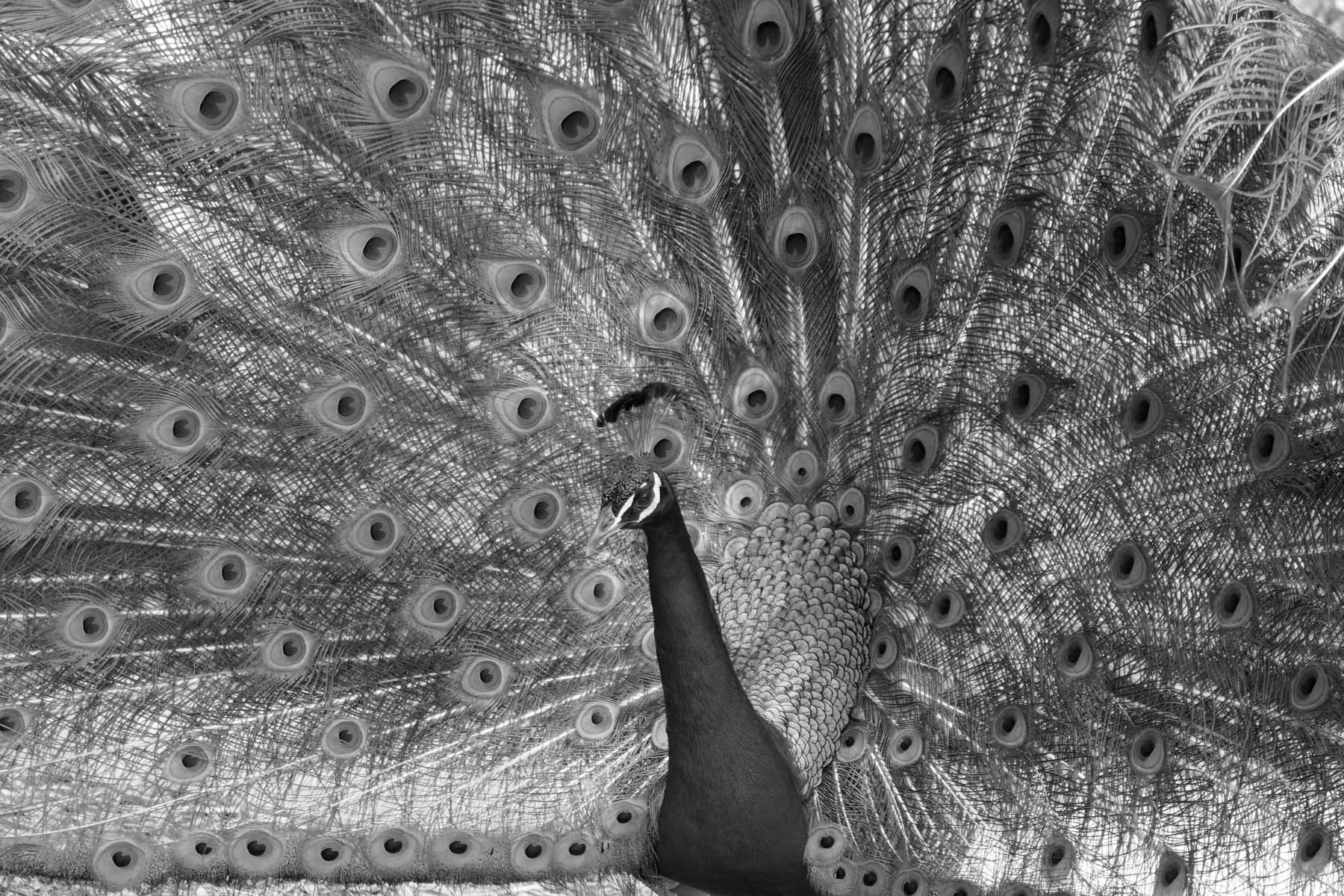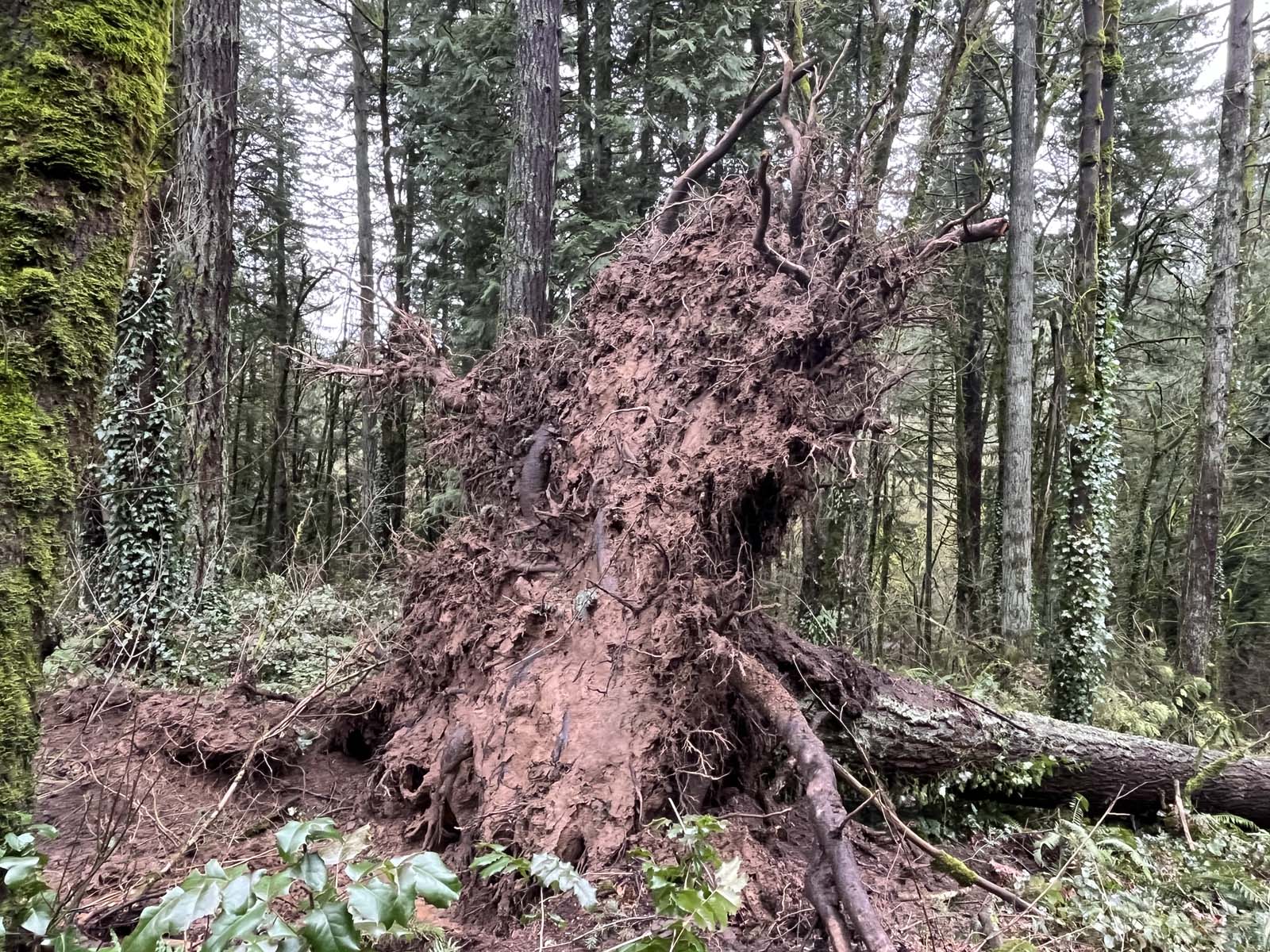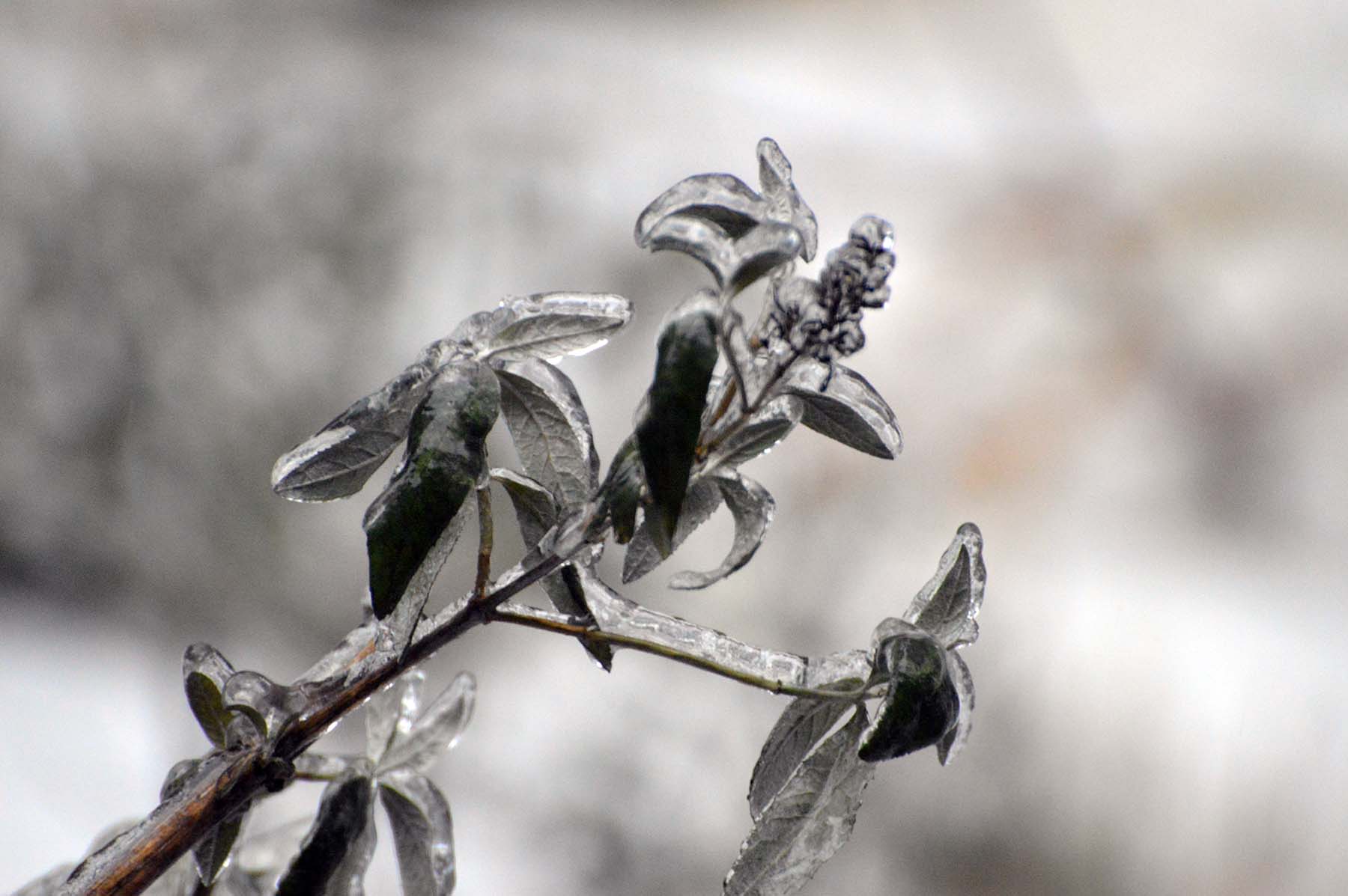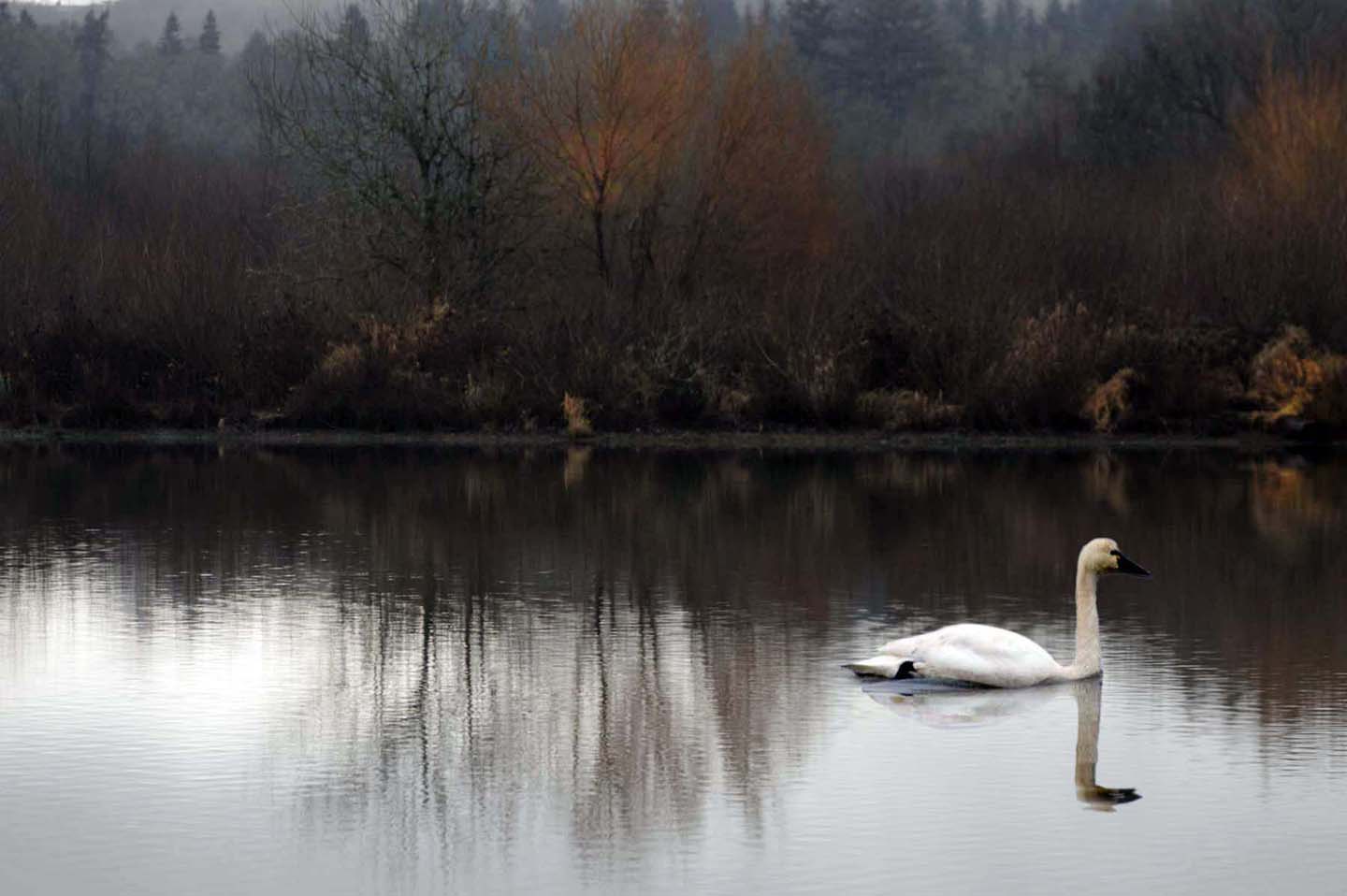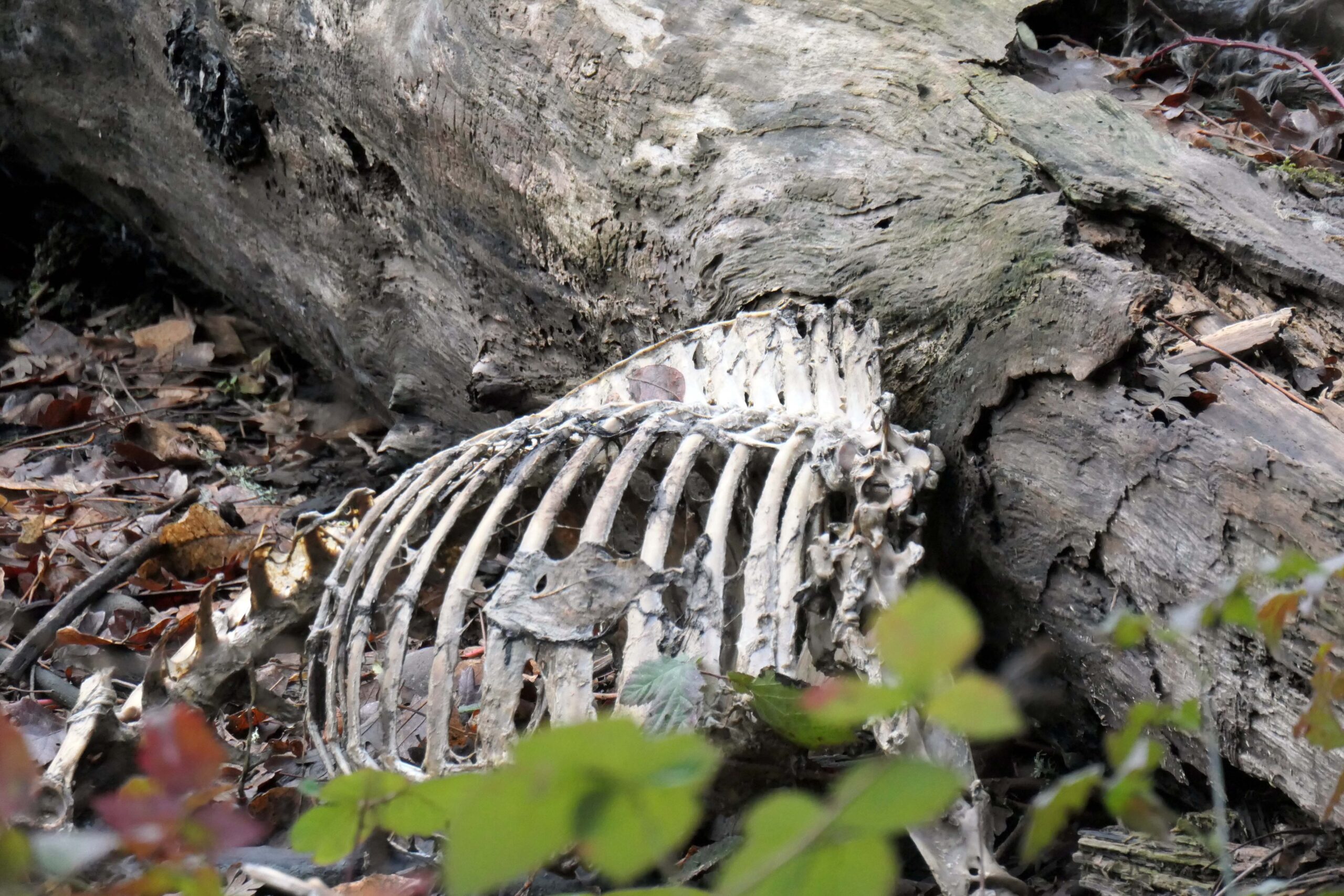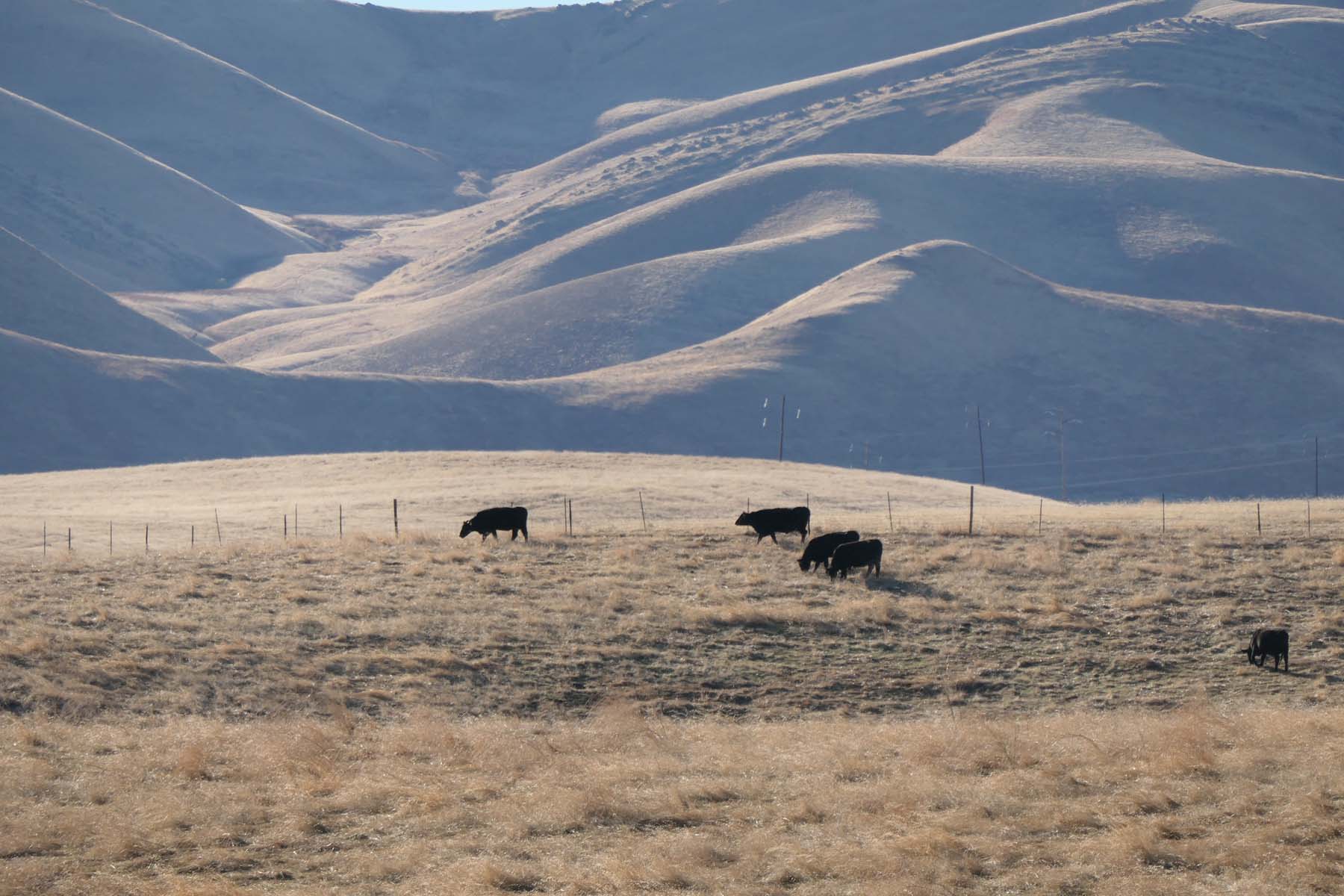Frankly, I’m torn between my desire to report on a magical place, and my longing for just sitting here and let it all sink in. I am currently staying at an old ranch house, hand-built from sandstone boulders, filled with art by the Armenian immigrant Jirayr Zorthian (1911-2004,) who built it many, many decades ago.

It is located high up in the foothills of the San Gabriel mountains, reachable via a one-lane, potholed, hairpin-curved dirt road. Driving it down and up once a day is enough to get your adrenalin flowing. Except that levels are high already from the sheer beauty that surrounds you, the house nestled among olive-, eucalyptus-, and palm trees, old oaks and oleander bushes, overlooking Los Angeles in the distance.




It is one of many dwellings on a multi-acres compound that is populated by people who have decided to (mostly) live off the land, many of whom remind me of my own hippie days in the late 60s. You wander amongst trailers, make-shift living arrangements, a communal kitchen, laundry and store, multiple workshops for wood and metal working, and large vegetable gardens.



There is live stock, some of which is roaming freely and becoming my occasional visitors. In fact my 14 month-old granddaughter now consistently makes goat noises when she sees me, having seen them at my place. Old goat, indeed. Happy old goat.

The toddler might as well hoot, since the owls are singing me to sleep every night, the minute the sun goes down, three different species telling by their call, a pair of Northern pygmy owls among them, with their eerie staccato whistling. It is cold up here when the wind blows and dusty, likely hot in the summer. As with every ancient house, some windows don’t open, some don’t close, and there is a resident raccoon in the ceiling, which I have come to expect – every one of my extended California trips had one seeking proximity in the walls of my rooms. True story! (I also hasten to add the wonderful folks here are in the process of chasing it out. As I said, old house, many access points.)

The creativity of Jirayr Zorthian who build up this land, and whose son and granddaughter are currently managing the rentals for concerts, meetings, weddings and lodgers to bring in some funds – and most importantly continue his legacy of celebration of art – is evident wherever you look. PBS had a comprehensive account of the history of the artist and the place he imprinted, calling it a 48 acre art junk yard, in case you are curious. He worked as a muralist, murals which can be found among others at the Pentagon. He partied with the best of them, Andy Warhol, Bob Dylan, Charlie Parker, Segovia, Richard Feynman, and many more included, and in his last years allowed people to deposit junk on the property, which his descendants are still trying to get rid off, 20 years after his death.


The house itself is filled with paintings, drawings, prints and small cultural tableaux made from found objects. I’ve been here over a week now and still discover new details every morning. The outside walls that surround the house flank walking paths or little hidden patios, overflowing with objects cemented into the field stones, with a recurring theme of insulators. They come in all sizes, shapes, materials like glass and ceramics, likely collected obsessively since there is not a single view, anywhere, that does not include one or more of these things that are used on telephone polls and wires.


I have been photographing them in all lights and times of day, hoping there will be some creative spark to use them for montages. I feel insulated here, protected from the horrors and sorrows of the world as long as a I stay away from my computer. Insulated from the internally imposed push towards accomplishing something, going to museums, writing reviews. I have literally not done anything other than soaking up nature, and glowing from the joy that is my family here.




















Oh, and of course, I have photographed birds. They visit, morning and evening, on the surrounding car wrecks transformed into installations, and the juxtaposition of nature and man-made, rusty objects has been a thrill. They land on artificial trees, blossoming with, what else, insulators. They take birdbaths in discarded bowls and hubcaps. Finches, warblers, mocking birds, hummingbirds, ravens, hawks, sparrows, acorn woodpeckers, you name them.




I can imagine that it is not easy to live in the shadow of such a larger-than-life figure as Zorthian. Not easy to make it in a community that forever changes with people coming and going, with laws restricting the ability to capitalize on the land, an initial lack of experience with animal husbandry or food farming, changing climate conditions and unreliable sources of income to carry a group of committed tenants. As a house guest I reap all the benefits of the beauty, without the cost of the conditions that come with this unusual place. But I can see the absolute thrill of being part of a legacy, of driving (art)history forwards, of maintaining an actual and spiritual independence from the norms that society tries to impose on us all. This place is infused with purpose as well as levity, peacefulness as well as stimulation. I think it conveys, for those who maintain it, a sense of belonging to something bigger than themselves, a social embeddedness. So important in times of experienced isolation and societal division. For those who visit: a true gift of insulation from the rest of our lives.

Here is one of the prior ranch visitors, Segovia, playing Bach. Then again, I could have chosen Charlie Parker…. but it felt like a sublime day.













































